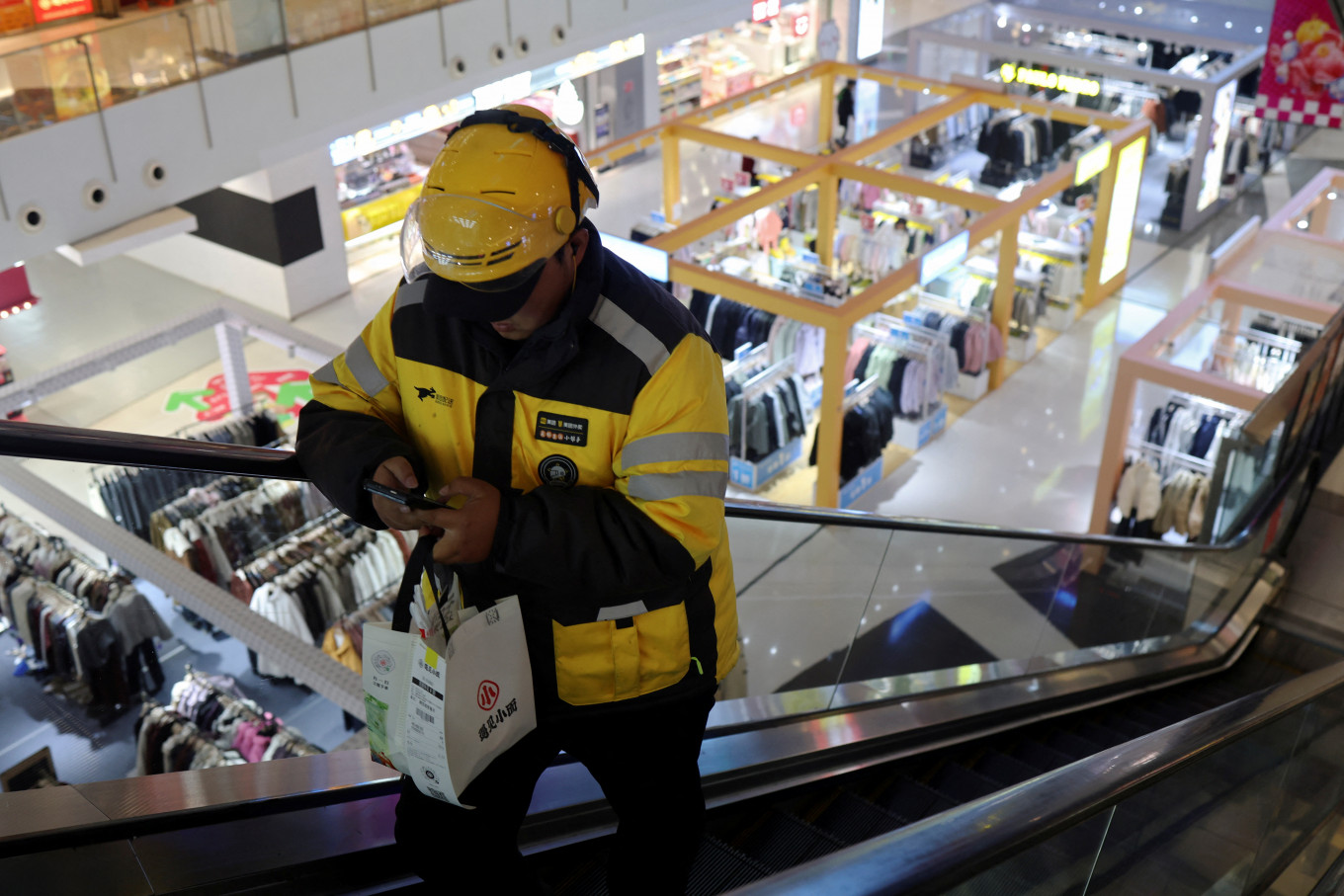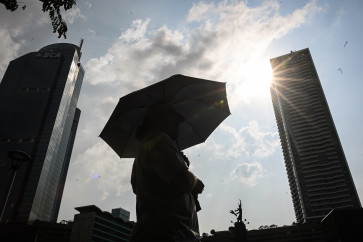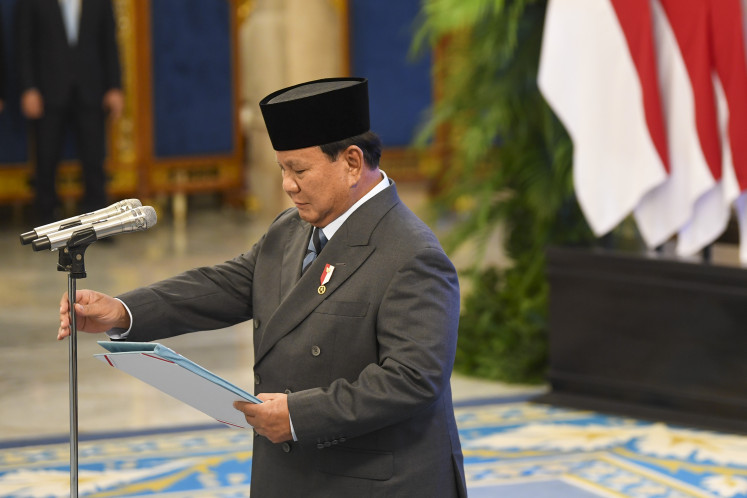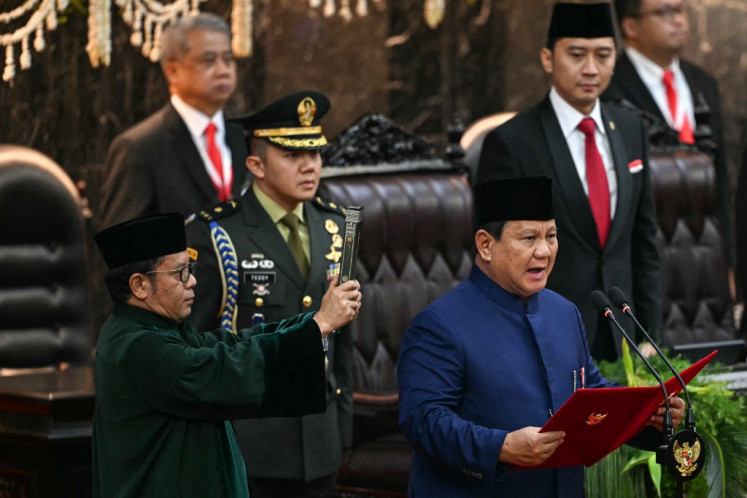Popular Reads
Top Results
Can't find what you're looking for?
View all search resultsPopular Reads
Top Results
Can't find what you're looking for?
View all search resultsChina's economy grows 4.6 percent in Q3, keeping stimulus calls alive
Change text size
Gift Premium Articles
to Anyone
C
hina's economy grew slightly quicker than expected in the third quarter, but a prolonged property downturn and weak consumption remain a drag on activity, maintaining pressure on policymakers as they consider more stimulus steps to revitalize growth.
Data released on Friday showed the world's second-largest economy grew 4.6 percent year-on-year in July-September, beating a 4.5 percent forecast in a Reuters poll but slowing from 4.7 percent in the second quarter.
Other data also released on the day, including industrial output and retail sales for September, beat expectations in an encouraging sign for policymakers. The property sector though continued to show sharp weakness and back markets' calls for more support steps.
The latest figures come as the authorities have started to sharply increase stimulus measures in an effort to ensure the economy meets the government's 2024 growth target of around 5 percent.
A Reuters poll showed China's economy is likely to expand 4.8 percent in 2024, undershooting Beijing's target, and growth could cool further to 4.5 percent in 2025.
China's economy has stuttered through uneven growth this year, with industrial production outstripping domestic consumption, fanning deflationary risks amid the property downturn and mounting local government debt.
Policymakers, who have traditionally leaned on infrastructure and manufacturing investment to drive growth, have pledged to shift focus towards stimulating consumption, but markets are awaiting further details of a planned fiscal stimulus package.
On a quarterly basis, the economy expanded 0.9 percent in the third quarter, compared with 0.7 percent growth in April-June.
Recent data raised the risk of China sliding into an entrenched phase of deflationary pressures as prospects for exports, the economy's lone bright spot this year, look to be dimming amid foreign trade curbs.
China's export growth slowed sharply in September while imports also decelerated, undershooting forecasts by big margins and suggesting manufacturers are slashing prices to move inventory ahead of tariffs from several trade partners.
China's consumer inflation unexpectedly eased in September, while producer price deflation deepened, heightening pressures on Beijing to take steps to spur demand as exports lose steam.
Last week, China's finance minister pledged to "significantly increase" debt to revive growth, but left investors guessing on the overall size of the stimulus package.
China may raise an additional 6 trillion yuan (US$842.60 billion) from special treasury bonds over three years to help bolster the sagging economy through expanded fiscal stimulus, Caixin Global reported, citing multiple sources with knowledge of the matter.
Reuters reported last month that China plans to issue special sovereign bonds worth about 2 trillion yuan this year as part of fresh fiscal stimulus.
The central bank in late September announced the most aggressive monetary support measures since the COVID-19 pandemic, including interest rate cuts, a 1-trillion-yuan liquidity injection and other steps to support the property and stock markets.
Analysts polled by Reuters expect a 20-basis points cut in China's one-year loan prime rate, the benchmark lending rate, as well as a 25-basis points cut in banks' reserve requirement ratio in the fourth quarter.










